What’s happening in nature near you this week?
Here in Victoria, the sudden singing of Fantail Cuckoos and Shining Bronze-cuckoos heralded the approach of warmer weather, and we’ve actually started to use our flyscreen doors again! Finally, there is some warm, clear air to let in, but hey, who told the blowflies it was time to wake up?
The bush comes to life
All across the temperate south wildflowers are bursting into colour. The winter wattles and Hardenbergia are still in full swing, but now daisies and everlastings, kangaroo paws, native peas and lilies are joining the chorus! Here and there we are spotting the first few terrestrial orchids of the spring, unfurling their pretty faces and reaching for the sun. Australia has more than 500 species of these dainty beauties, but you’re unlikely to come across them at your local nursery, because, unlike their tree-hanging tropical cousins, many terrestrial orchids rely on intimate symbiotic relationships with specific fungi in the soil!
Butterflies and other insects are beginning to hatch and awaken, filling the skies and the creeks and the bellies of bush birds feathering their nests for the season. Keep an eye out for microbats, frogs and little skinks cruising about, making the most of the pre-summer glut.
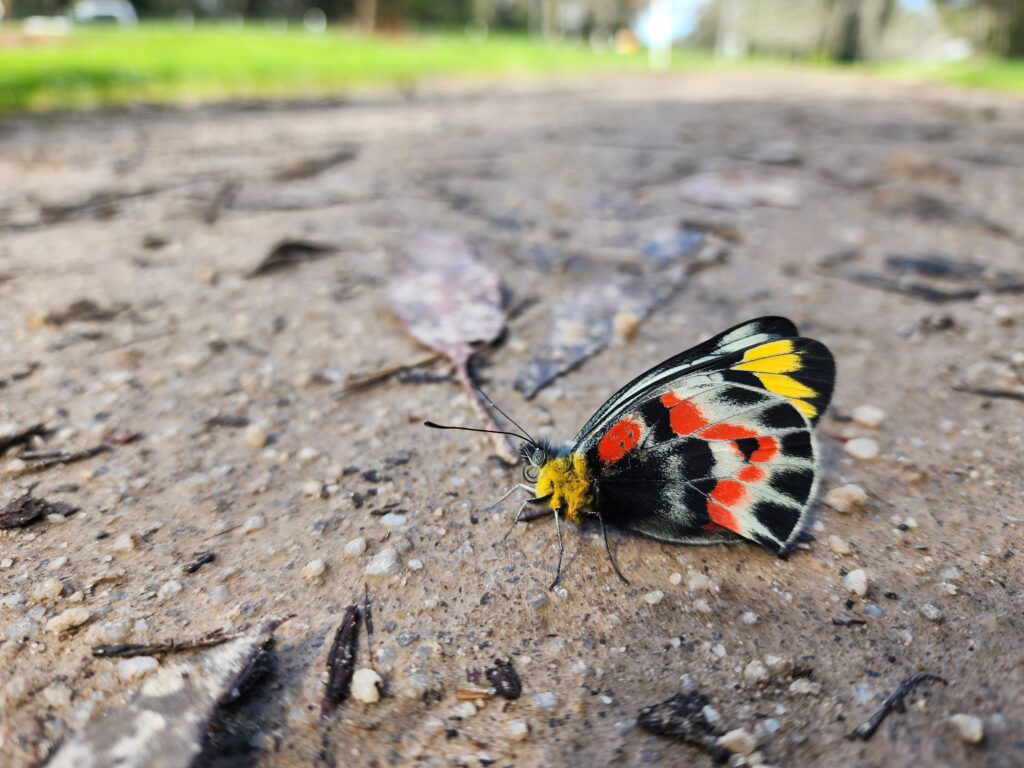
Speaking of reptiles, as the weather warms, keep an eye out on paths and roads for our scaly friends. In temperate regions, this is the time of year when lizards and snakes are becoming more active, but might not be awake enough to move out of the way of your bike, toes or car. Reptiles are drawn to the warmth of concrete and bitumen, and don’t seem to have realised that roads aren’t a safe spot to sunbake! Keep an eye on kids and dogs at the edges of trails too; as our wetlands wake up, snakes such as Tiger Snakes and Red-bellied Black Snakes will be hunting frogs in the long grass.
Everything is getting ready to bring new life into the world. Watch as Magpies and Ravens gather sticks and Willy Wagtails and Magpie-larks gather mud to build their amazing mud nests! If you’re really lucky, a Spotted Pardalote – bill full of grass like a tiny moustache – might show you its nesting burrow, carved into the clay side of the track you are walking.
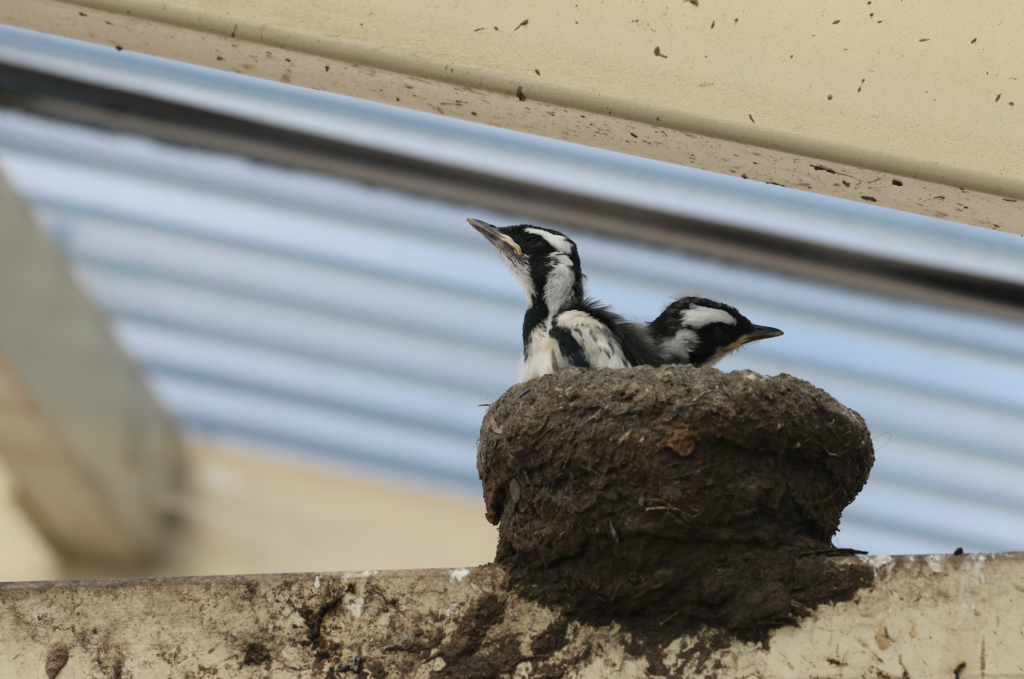
In Grey-headed Flying-fox breeding colonies, October is peak baby time! So keep an eye out for mums carrying their adorable babies on their front. Melbourne, Adelaide, Sydney and Brisbane all have breeding colonies, as do many of our regional centres across the south-east. This is a great time to go along and get to know them!
Hidden out of sight, endangered Southern Bent-wing Bats have been gathering in their maternity caves to birth later in November. Both males and females congregate in these caves, collectively raising the temperature up to 30 degrees Celsius to keep their hairless babies warm! Amazingly, there are only three maternity caves left for this species, two main ones in Warrnambool (Vic) and Naracoorte (SA), and a smaller one in Portland (Vic).
Elsewhere, Malleefowl start laying eggs into nests like giant compost heaps and female Emus and Cassowaryies leave their eggs for the males to look after. We’re nearing the tail end of ‘Echidna train‘ time and female Echidnas and Platypus alike will be preparing burrows for their naked ‘puggles’ (babies).
Up north, the build-up begins
Australia’s tropical north is now as dry as it will get before the torrential rains of the summer Big Wet. As the humidity builds and the temperature rises Silky Oaks, Kapok and Kurrajong trees explode into oranges, yellows and pinks.
Some tropical songbirds will head to the southern states to avoid the storms and long, wet periods. Rainbow Bee-eaters, flycatcher species and the very noisy Eastern Koel will start to show up in dribs and drabs as the summer approaches. Those that remain in the tropics will help keep a lid on the clouds of mosquitos, winged ants and termites the warm, humid weather brings.
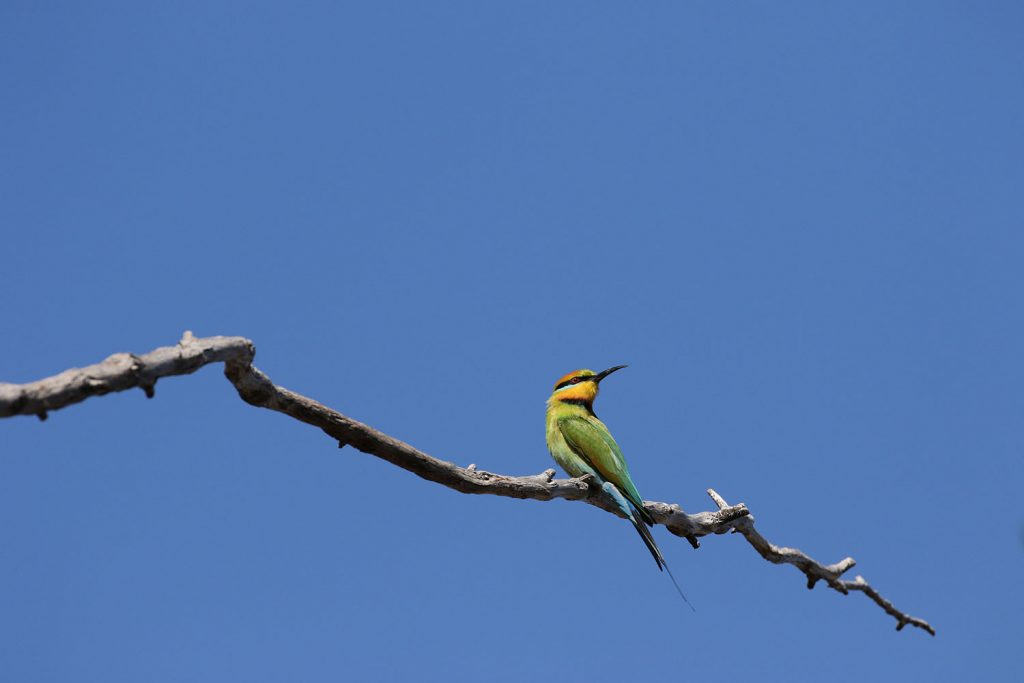
Warming coastal waters will encourage Humpback Whales to migrate south to Antarctica with their new calves, gracing the west and east coasts along the way. The Southern Right Whales that have been enjoying the Great Australian Bight will join them on their journey poleward, in anticipation of the summer krill feast that awaits them!
On the reefs, endangered Green and Loggerhead Sea Turtles will be gathering to breed in their numbers.. Watch these prehistoric giants fight and chase amongst the coral bommies and look out for a few sleeping under reef ledges too. On the Great Barrier Reef, this is also the season when the coral will spawn in a single night or two of explosive reproduction that draws hungry mouths from all around!
If you’re planning on snorkelling close to the coast then you’d better get out your stinger suit, because it’s also the beginning of stinger season, when Box Jellyfish leave estuaries and hang about the coast, lurking invisibly.
Later in November, in our tropical rivers, Freshwater Crocodile eggs will start to hatch and Barramundi will head downstream to breed in coastal waters.
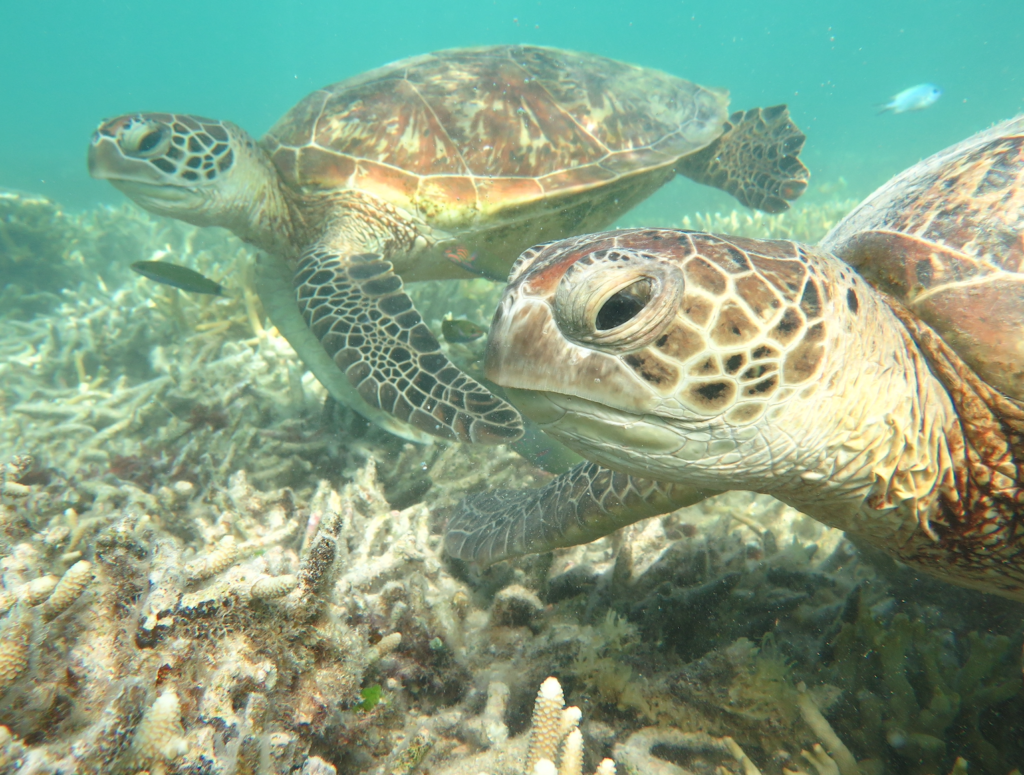
International wanderers return
Already our migratory waders have started to touchdown on Australian shores, returning from as far away as the Arctic Circle! We’ll be celebrating these incredible ‘birds without borders’ all through October, through our Inktober art challenge! Join in to meet them!
After an epic journey of thousands upon thousands of kilometres, migratory waders like the Red-necked Stint will be stuffing their faces and regaining strength. Get out your binoculars and head down to your nearest wetland or mudflat to see if you can spot some! Look carefully, because as remarkable as these birds are in grit strength and resilience, they are utterly unremarkable in their Australian (non-breeding) plumage. Or that’s what I’m told people think. Personally, I love the soft speckly greys, browns and whites that frame their black-button eyes!
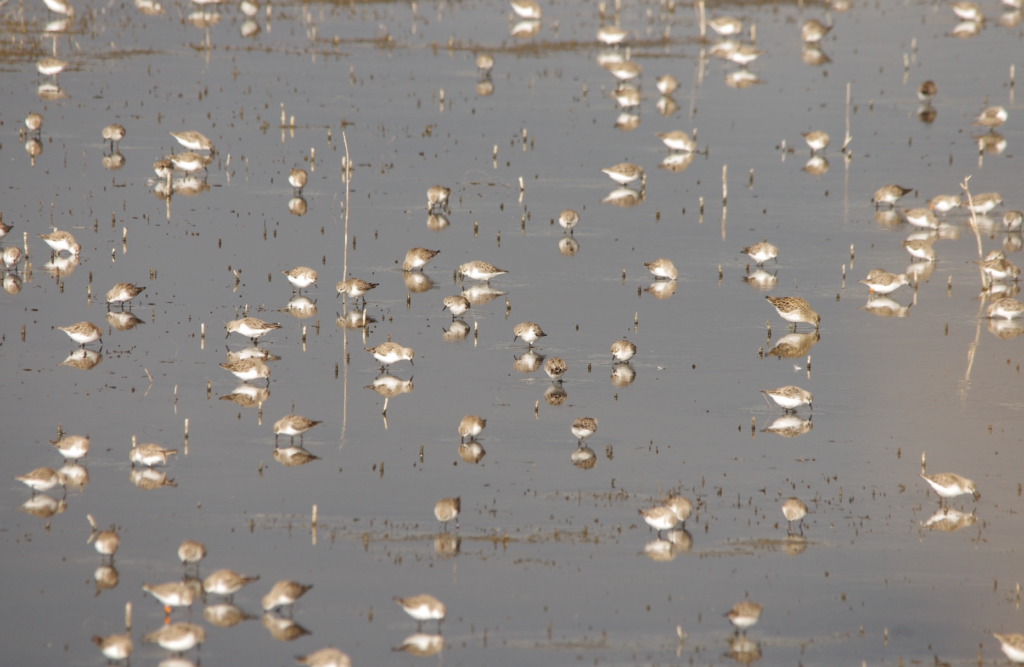
Home too will return our beautiful, goofy Muttonbirds (AKA Shearwaters). Wedge-tailed Shearwaters will land on tropical islands to dig their nesting burrows and howl mournfully into the night. Their Short-tailed relatives will return to colonies along the south coast – notably at Phillip Island and Port Fairy – to do the same. Watch them skimming gracefully across the waves, then watch out for their VERY clumsy landings. Seriously… duck! We strongly recommend everybody put ‘shearwater colony dusk visit’ on their bucket list and tick it off this season! Nothing compares to the experience of being surrounded by hundreds of thousands of birds wheeling around you in the sunset, and then having them crash-land and scuttle around your feet!
What do you look for to tell you the seasons are changing? Explore some local, Indigenous seasonal knowledge here. Why not make a calendar wheel with your own observations, using this template? Tag @rememberthewild and #rememberthewild on Instagram to share your observations with us!
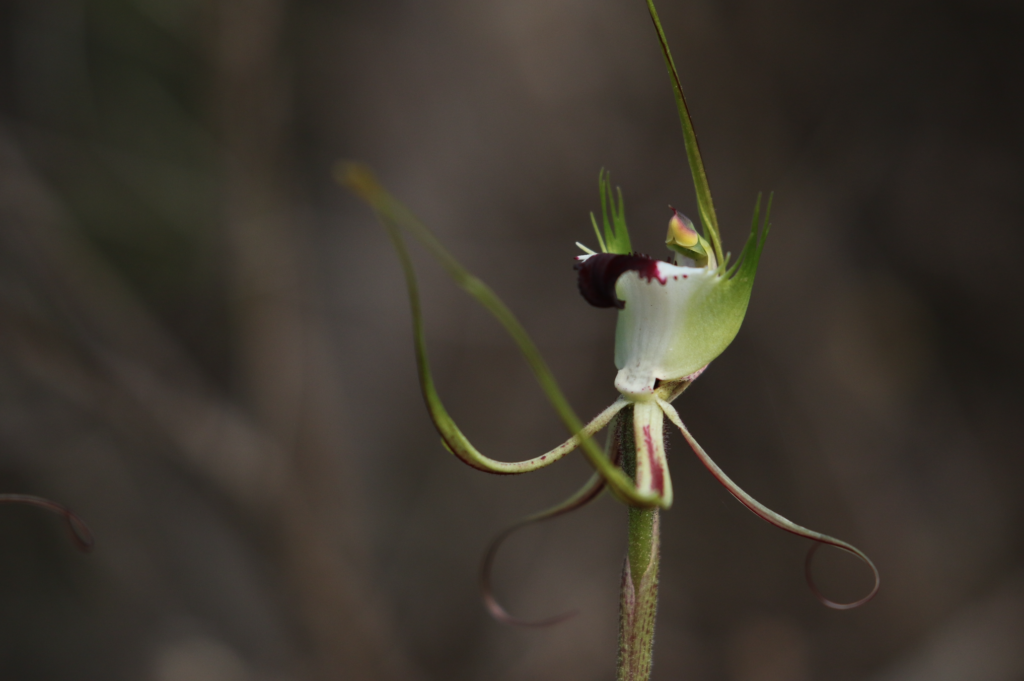
Banner image is of a Blue Grass-lily (Caesia calliantha) in the Mount Lofty Ranges, SA. All photos by Cathy Cavallo, Remember The Wild.

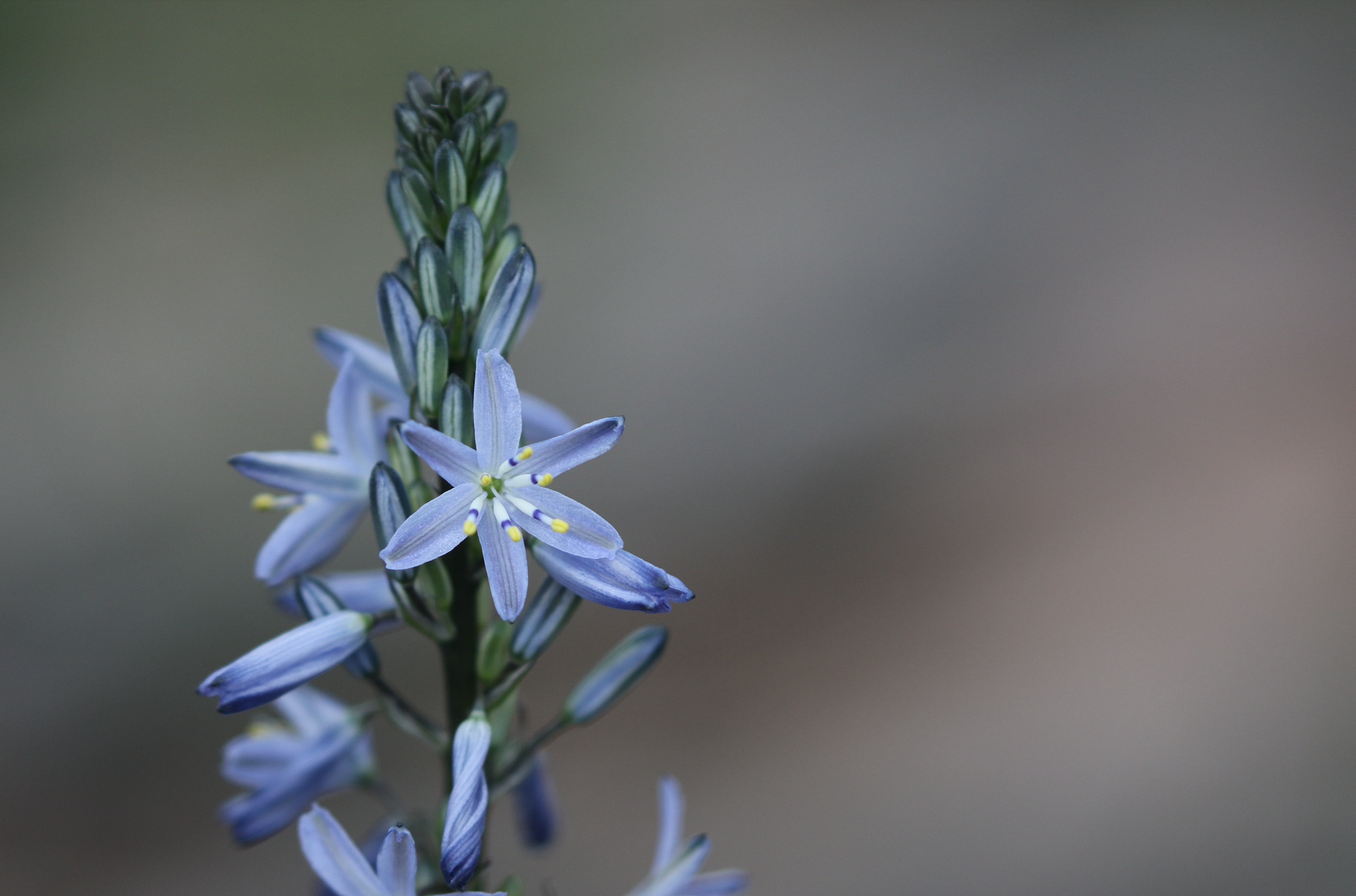
Leave a Reply